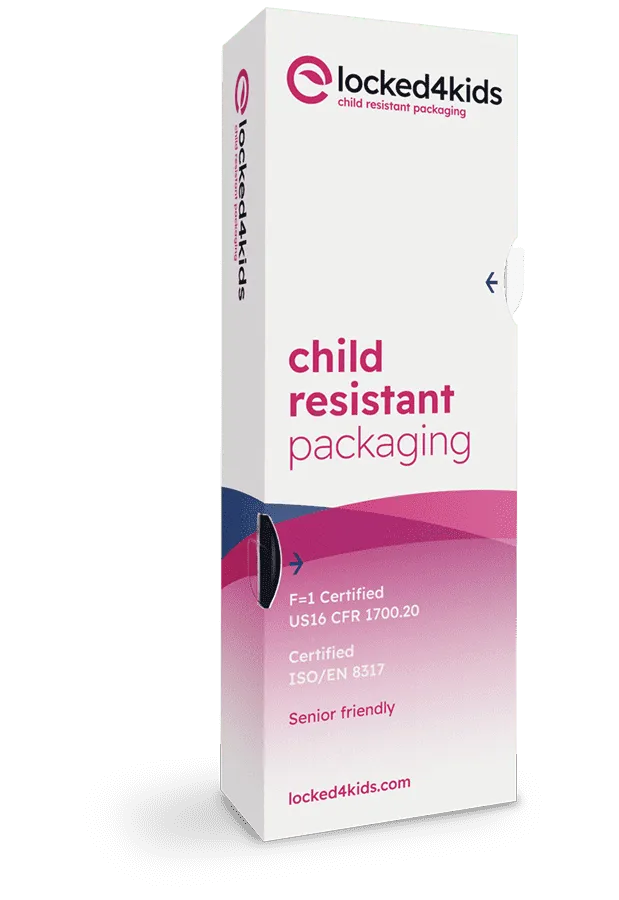
Thermoforming packaging
What is thermoforming packaging?
Thermoforming packaging refers to the process of creating custom designs, made out of plastic. In short, it means that a plastic sheet is heated and placed onto a mold, using a vacuum and pressurised air, to create the desired design. This specific process has a few advantages:
- The ability to create custom designs, tailored to your thermoform packaging needs
- A quick and continuous process, where the machine heats, forms and trims the product
- Thermoformed packaging is an ideal choice for solutions such as clamshell packaging and child-resistant packaging
How does thermoform packaging work?
Thermoformed packaging of blisters is a manufacturing process where a plastic sheet is heated to a pliable, forming temperature, formed to a specific shape in a mold, and then trimmed. The sheet, or ‘film’, is heated in an oven to a high-enough temperature and then stretched into or onto a mold and cooled.
In its simplest form, a small tabletop or lab size machine can be used for thermoform packaging. These heat small cut sections of plastic sheet, which are then stretched over a mold using a vacuum process. This method is often used for sample and prototype parts. In complex and high-volume applications, very large production machines are utilised to heat and form the plastic sheet and trim the formed parts from the sheet in a continuous high-speed process. This method can produce many thousands of finished parts per hour, depending on the machine and the mold size.
Most common method
In the most common method of high-volume, continuous thermoforming packaging of blisters, plastic sheet is fed from a roll into a set of indexing chains. These chains incorporate pins, or spikes, that pierce the sheet and transport it through an oven for heating to forming temperature. After this, the heated sheet moves into a forming station, where a matching mold and pressure-box close on the sheet. A vacuum is then applied, along with pressurised air, to remove trapped air and pull the material into or onto the mold. This makes sure the plastic is formed to the exact shape of the mold.
The sheet containing the formed parts then either moves into a trim station, which is on the same machine, and where a die cuts the parts from the remaining sheet matrix, or onto a separate trim press, where the formed parts are trimmed. The sheet matrix remaining after the formed parts are trimmed is then typically wound onto a take-up reel or fed into an inline granulator for recycling.






